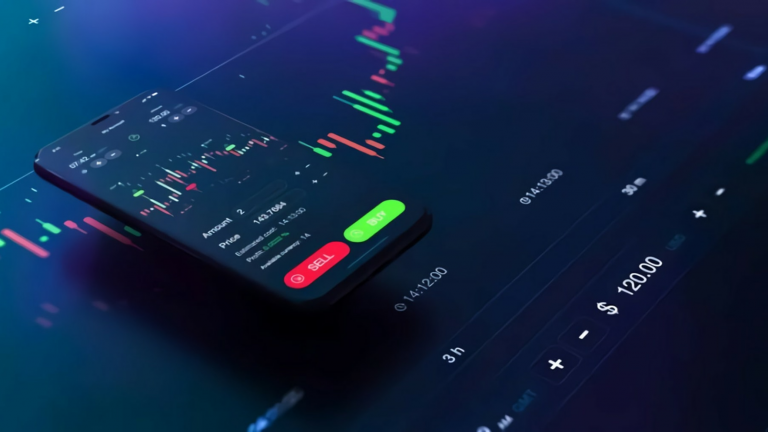Contracts for difference (CFD) trading is a derivative product, designed to allow retail traders to speculate on the future price movement of an asset. The underlying asset that CFD traders ‘buy’ or ‘sell’ can be anything from an equity, an index, a forex pair or even a precious commodity like gold.
With CFD trading, all you need to do is to correctly predict the price movement of your chosen asset. You never physically own the underlying asset you trade. All that you get is immediate exposure to the market movements of the underlying asset.
CFD traders that believe the price of an underlying asset is destined to rise will open a long (buy) position with their chosen broker. Those who feel the value of an underlying asset is more likely to diminish will open a short (sell) position. It’s important to note that the moment the price of an asset goes against your opening position you will make a loss on the trade. That’s why risk management is such a key aspect of CFD trading.
If you’re new to the concept of tài liệu CFDs and you’d like to dip your toes into the markets in this manner, we’ve put together some top tips for you to digest before diving into your first trade.
Familiarise yourself with stop-loss orders

Source: Unsplash
Risk management is everything when it comes to CFD trading. Define a risk-reward ratio that your trading bank is comfortable with. Beginners will often start with a 1:1 ratio – risking one unit to win one unit. In this scenario, you could set a stop-loss order at a loss of one unit and a take profit order at a profit of one unit. This allows you to take your hands off and remove the emotion from your trades. At a 1:1 risk-reward ratio, your strike rate only needs to be 50% to break even.
Avoid leverage wherever possible as a beginner
Many CFD brokers will offer leverage. For example, leverage offered at a ratio of 10:1 means you will only need to commit 10% towards the full value of the trade. For every £1 you commit, you will get market exposure worth £10. This can magnify profits – but it can also magnify losses too. When starting out, avoid taking leverage at all times or keep your leverage to an absolute minimum to stay in control of your staking.
Don’t add to losing positions
The key to long-term profitability in CFD trading is to accept losses as part and parcel of the industry. Even the most successful CFD traders will lose trades sometimes. The markets do not always do what we expect. The worst thing you can do is attempt to add to your position when it’s already losing money. There’s no guarantee the price will retract and you could end up losing even more money if the trade continues to go against you.
Hone your CFD trading strategy using a demo account first
Dip your toes into the CFD trading water first using a demo account. Most reputable brokers will offer demo accounts that allow you to trade CFDs using play money before graduating to real-money market orders.
Diversification is key
There are quite literally hundreds, even thousands, of underlying assets to trade using CFDs. Avoid putting all your eggs in one basket. Diversify your CFD trades across multiple asset classes wherever possible. This will not only help to give you a broader understanding of how markets move, it will also spread your risk. One or more of your trades may encounter price volatility and a heavy loss, but a handful of profitable trades in other asset classes may counterbalance this to put you in overall profitability.

